
Ingredient
Coriander seed
The Versatile Spice: Coriander Seed
Coriander seeds have a warm, citrusy, and slightly floral flavor with hints of sweetness and earthiness. They have a crunchy texture and are small, round, and light brown in color. When crushed or ground, coriander seeds release a fragrant aroma that is often described as fresh and citrus-like.
Origins and history
Coriander seed has a long history of use in various cuisines around the world. It is believed to have originated in the Mediterranean region and has been cultivated for thousands of years. Coriander seeds were highly valued in ancient Egypt and were even found in the tombs of pharaohs. They have been used in traditional medicine for their digestive and anti-inflammatory properties. Today, coriander seeds are widely used in Indian, Middle Eastern, and Mexican cuisines, among others.
Nutritional information
Coriander seeds are a good source of dietary fiber, vitamins, and minerals. They are particularly rich in antioxidants and have been associated with various health benefits, including improved digestion and reduced inflammation. They are also low in calories and fat.
Allergens
There are no known allergens associated with coriander seeds.
How to select
When selecting coriander seeds, look for whole seeds that are dry, firm, and free from any signs of moisture or mold. The seeds should have a strong aroma, indicating their freshness. Avoid purchasing pre-ground coriander seeds, as they can quickly lose their flavor and aroma. Instead, opt for whole seeds and grind them as needed for the best results.
Storage recommendations
To maintain the freshness and flavor of coriander seeds, store them in an airtight container in a cool, dry place away from direct sunlight. Whole seeds can last for up to a year, while ground coriander should be used within a few months to ensure optimal flavor.
How to produce
Coriander plants can be grown in both garden beds and containers. They prefer well-drained soil and full sun or partial shade. The seeds can be sown directly in the soil or started indoors and transplanted once the seedlings are established. Coriander plants are fast-growing and can be harvested within a few months. Regular watering and occasional fertilization can help promote healthy growth.
Preparation tips
Coriander seeds can be used in various forms and preparations. They can be used whole or ground to add flavor to curries, stews, soups, marinades, and spice blends. Toasting the seeds before grinding can enhance their aroma and flavor. Coriander seeds are also commonly used in pickling, baking, and brewing. Experiment with different recipes and cuisines to explore the versatility of coriander seeds.
Substitutions
Cumin seeds can be used as a substitute for coriander seeds, although they have a slightly different flavor profile. Ground coriander can also be substituted with ground cumin, but the resulting flavor will be different. If you prefer a milder flavor, you can use fennel seeds as a substitute for coriander seeds.
Culinary uses
Coriander seeds are widely used in various cuisines around the world. They are a key ingredient in Indian curries, Middle Eastern spice blends, Mexican salsas, and Thai soups. They can also be used to flavor baked goods, such as bread or cookies. Coriander seeds are versatile and can be incorporated into both savory and sweet dishes.
Availability
Coriander seeds are commonly available in most grocery stores, supermarkets, and spice shops. They are cultivated in many countries, including India, Morocco, Mexico, and the United States. Fresh coriander seeds can also be harvested from homegrown coriander plants.
More ingredients from this category
Recipes using Coriander seed » Browse all

Banjar-style Beef Stew with Spices and Vegetables
Savory Banjar Beef Stew: A Fusion of Flavors and Aromas
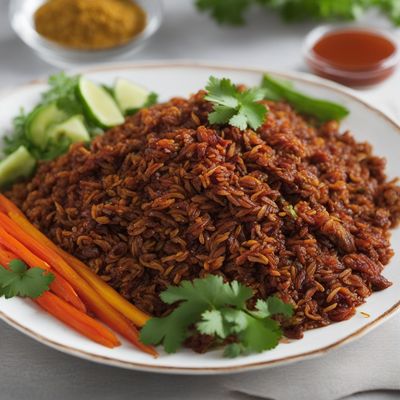
Bhutanese-inspired Kostelske Hrge
Spiced Delight: Bhutanese-inspired Kostelske Hrge
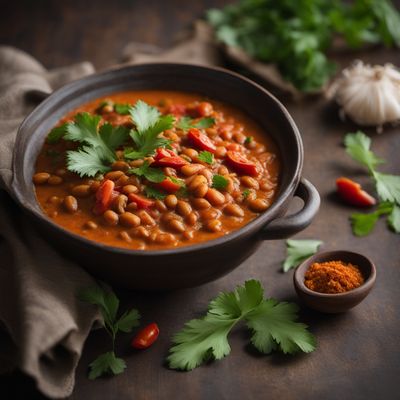
Kenyan Coconut Bean Stew
Savory Delight: Kenyan Coconut Bean Stew

Surinamese-Style Vegan Soup
Tropical Delight: Surinamese-Inspired Vegan Soup

Aromatic Lamb Pilaf with Dried Fruits
Sultan's Delight: A Flavorful Journey through Azerbaijani Cuisine

Toledo-style Partridges
Savory Delight: Toledo-style Partridges with a Spanish Twist
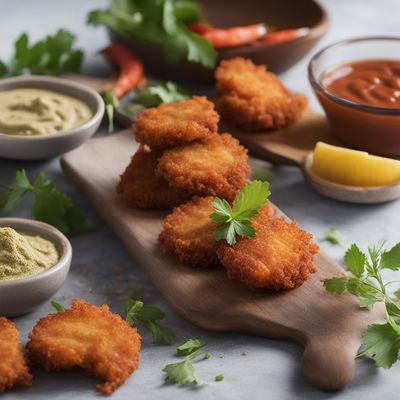
Crispy Shrimp Fritters with Spiced Dipping Sauce
Libyan Delight: Crunchy Shrimp Fritters with a Spicy Twist
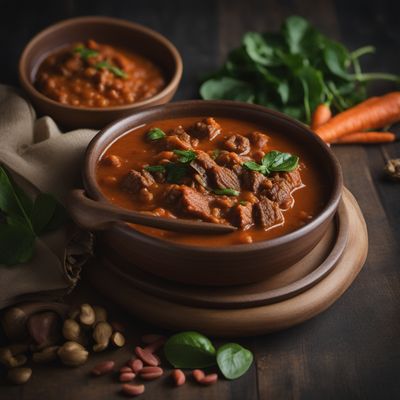
Gambian Peanut Stew with Beef
Savory Gambian Delight: Beef Peanut Stew

Sindhi-style Fallue
Savory Sindhi Delight: Fallue with a Twist

Kaima Bona Gatoi - Crimean Tatar Style
Savory Crimean Tatar Kaima Bona Gatoi: A Fusion of Flavors
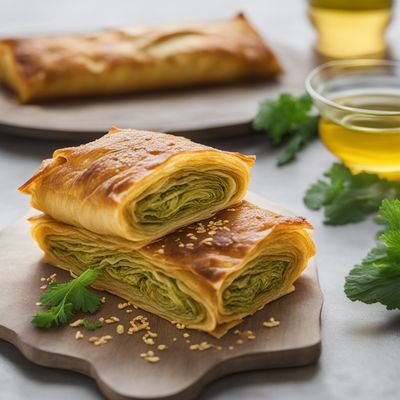
Bengali-style Cabbage Strudel
Spiced Cabbage Delight: A Bengali Twist on the Classic Strudel
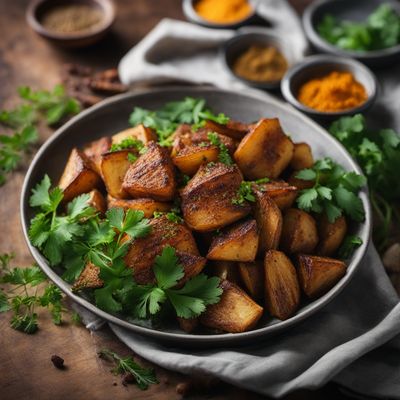
Egyptian Spiced Roasted Potatoes
Savory Spice Infused Egyptian Roasted Potatoes